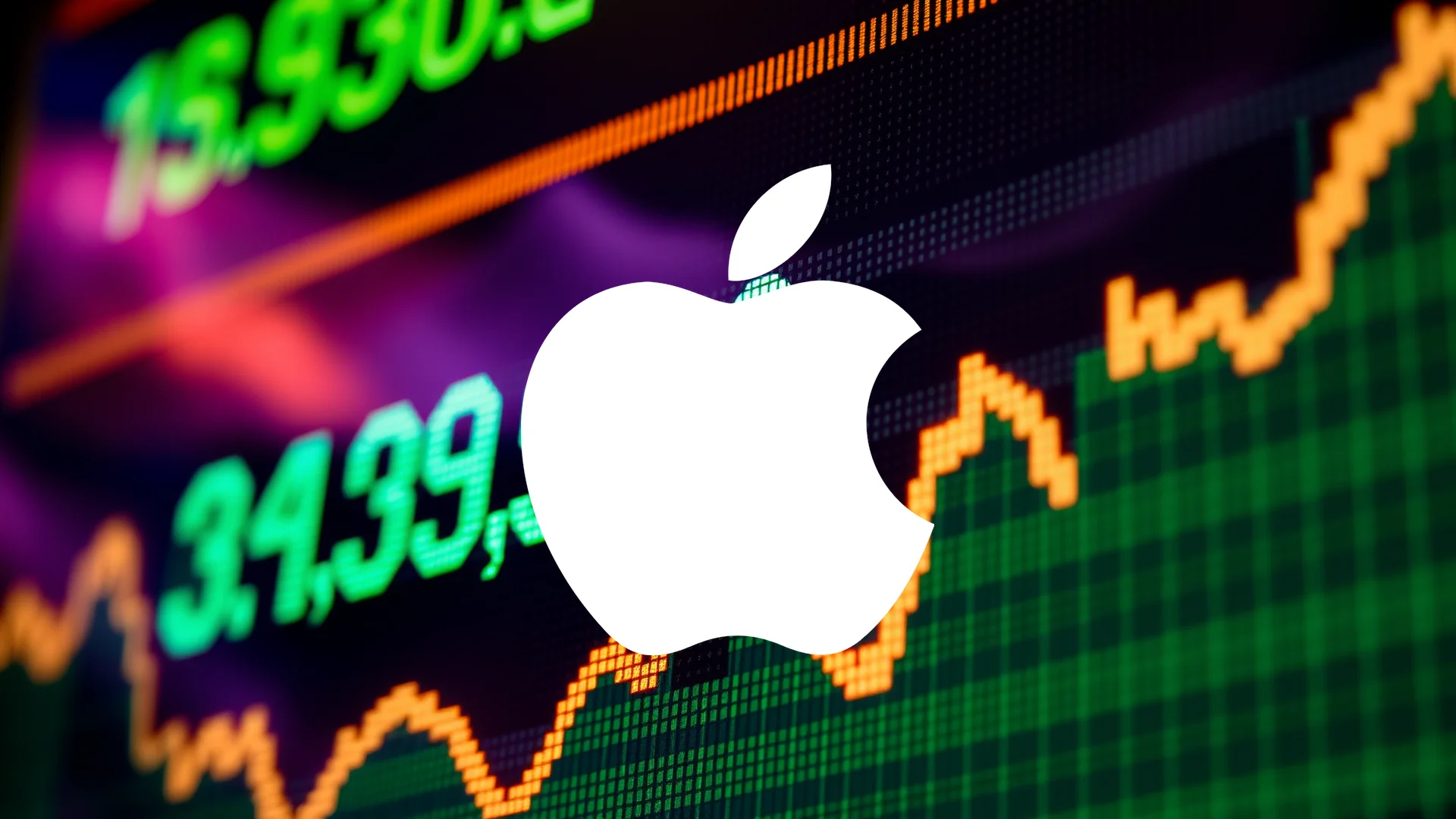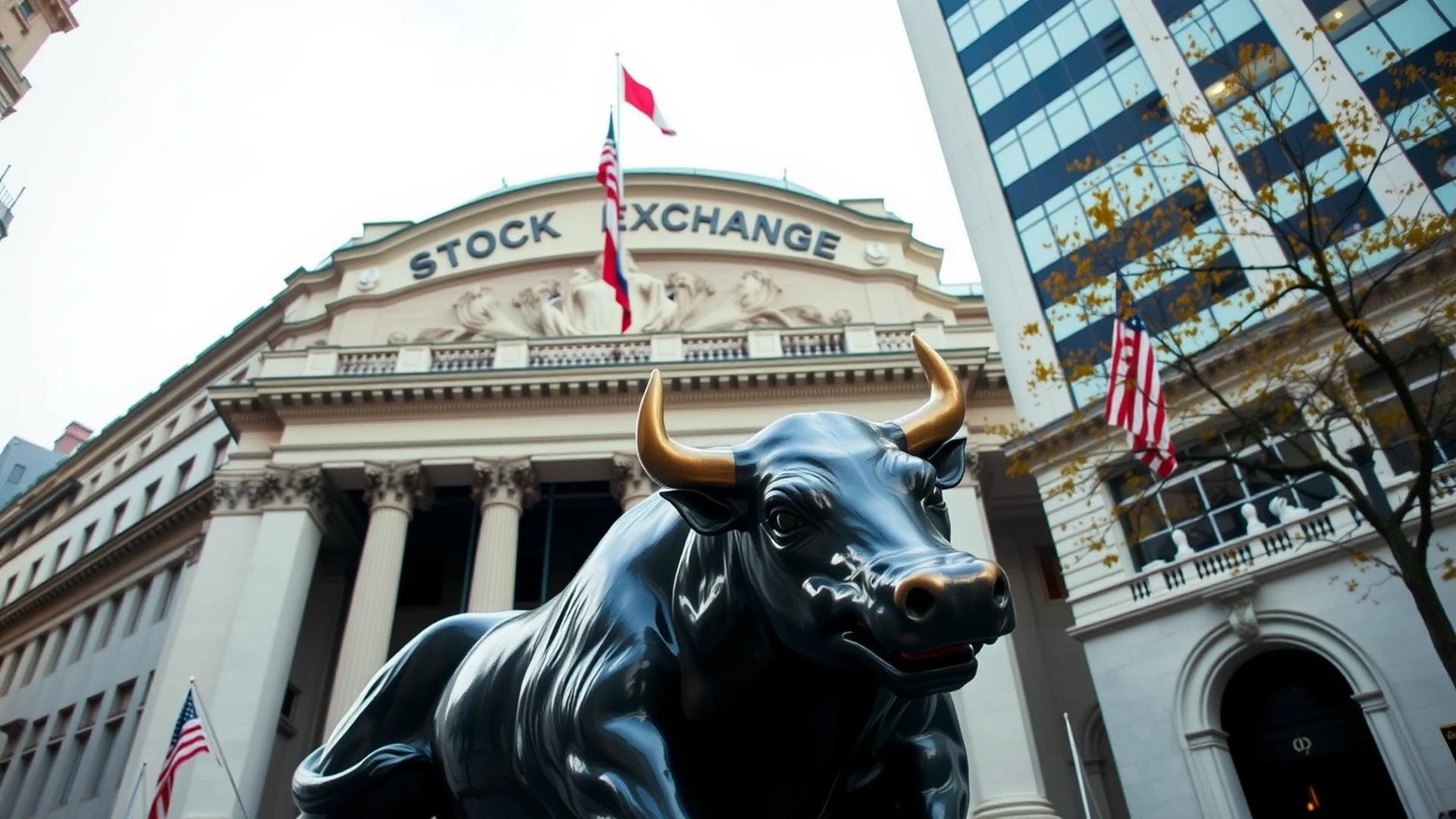Apple Inc. is silencing its doubters as early sales data for the iPhone 17 reveals unexpectedly strong consumer demand, significantly outpacing its predecessor’s launch performance. This surge comes amid a challenging economic climate and coincides with a deepening regulatory dispute between the tech giant and the European Union.
Strong Initial Sales and Supply Constraints
Market experts are pointing to compelling evidence of robust demand. According to initial figures, the iPhone 17 is experiencing a 10% to 15% higher uptake in its first weeks of availability compared to the iPhone 16 during the same period last year. Daniel Ives, a prominent analyst at Wedbush, attributes this performance to a substantial pent-up upgrade cycle, estimating that approximately 315 million iPhone users have not refreshed their devices in the last four years.
A key indicator of this strong demand is visible in the extended delivery timelines. Customers ordering the base model of the iPhone 17 now face an 18-day wait, a notable increase from the 10-day wait period for the iPhone 16 at its launch. Bank of America has interpreted these lengthened lead times as a clear signal that consumer demand is outstripping Apple’s supply capacity.
Regulatory Battle Intensifies in Europe
While celebrating its commercial success, Apple is simultaneously escalating a public conflict with European regulators. Senior executives Craig Federighi and Greg Joswiak have openly criticized the European Union’s Digital Markets Act (DMA). Joswiak has gone so far as to label the regulation a “serious threat” to the integrity of Apple’s ecosystem.
Should investors sell immediately? Or is it worth buying Apple?
The core of the disagreement centers on the EU’s requirement for Apple to open its closed platform, advocating for greater consumer choice and the allowance of alternative app stores. Apple maintains that such measures would compromise the security and user experience that are fundamental to its products.
Upward Revisions and the Crucial Holiday Quarter
The impressive launch has prompted financial institutions to revise their forecasts upward. Wedbush now projects Apple will sell between 240 million and 250 million iPhone units for the 2026 fiscal year, a figure that substantially exceeds the previous consensus estimate of 230 million. A particularly strong performance in the Chinese market, potentially bolstered by government subsidies on electronics, is contributing to this optimistic outlook.
The true test of this momentum, however, lies ahead. The upcoming holiday season will ultimately determine if Apple can successfully convert its strong initial sales into sustained, long-term growth.
Ad
Apple Stock: Buy or Sell?! New Apple Analysis from December 24 delivers the answer:
The latest Apple figures speak for themselves: Urgent action needed for Apple investors. Is it worth buying or should you sell? Find out what to do now in the current free analysis from December 24.
Apple: Buy or sell? Read more here...












